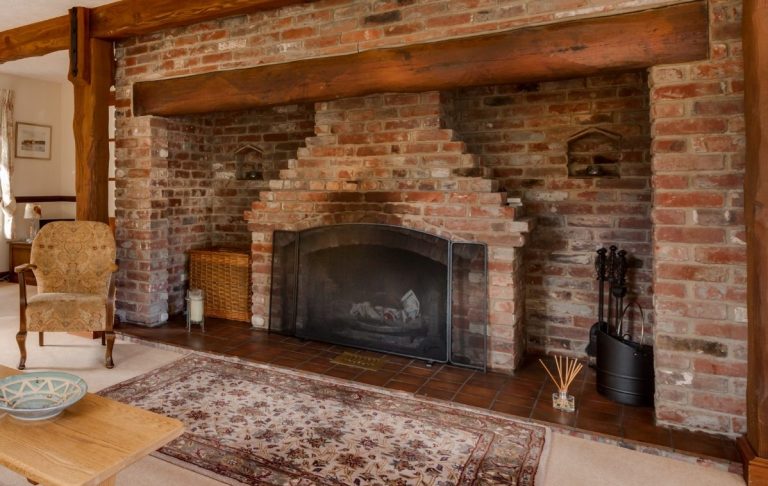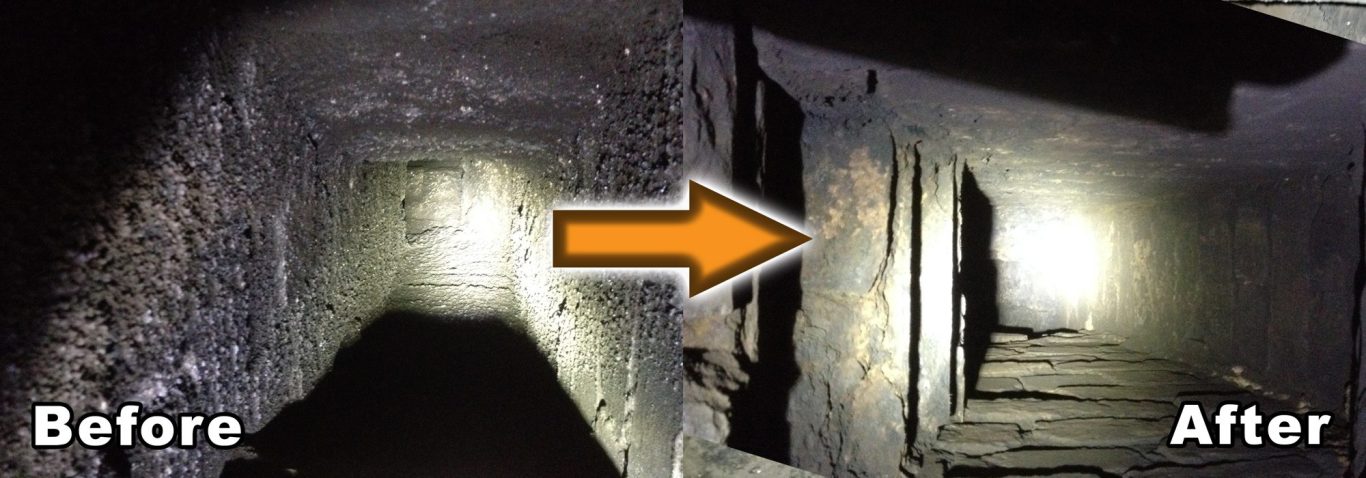Sweeping Open Fires and Wood Stoves
Birds Nest Removal
CCTV Inspections
Sweeping Certificates
Stove Restoration
Chimney Sweeping and
Maintenance Service
A flue works more efficiently if swept regularly
There are some tell-tale signs your chimney needs cleaning, including:
- Smoke escaping back into the room
- Soot and debris falling into the stove or fire
- Visible nests at the top of your chimney — or rustling sounds coming from within
- Tar around the flue entrance
- Fire not burning as well as usual
- Strong smell of soot — even when the fire is unlit
Using the latest RodTech equipment and technology we provide a thorough and fully comprehensive chimney sweeping service. Including Stove Maintenance, CCTV inspections of your flue and providing a sweep certification upon completion of every sweep.

Open Fires
All working Open fires and Stoves require their chimneys to be regularly swept to maintain optimum performance.

Stoves
How often you should have your chimney swept will depend on the type of fuel you are burning as well as the type of property you live in.

Should my Chimney be Swept?
HETAS advise having your chimney swept at least twice a year when burning wood or bituminous house coal and at least once a year when burning smokeless fuels.

Thatched Properties
Thatched properties may be required to have their flues swept quarterly in line with insurance company guidelines.

Blockages
Obstructions, debris, soot and tar within the chimney can reduce the draw of the flue, making it run less efficiently.

Safety
This potentially can cause damage to the flue, releasing Carbon Monoxide into your home and even putting your property at risk of having a chimney fire.
"Great communication, friendly and did a wonderful thorough job. Highly recommend”
Val F, Norfolk
BurnRight is the national consumer awareness campaign designed to help you get the most from your fire and fuel. Getting it right will save you money, make you safer and significantly reduce unnecessary air pollution.
Getting it right • Is easy! • Will save you money • Will reduce the risk of chimney fire • Will help to reduce air pollution Campaign Website - www.burnright.co.uk
Cleaner efficient burning is mostly about burning at temperature, particularly when burning wood. Small, low temperature long burning fires are bad news for air quality.

Burning

Safety
Bring the stove to operating temperature quickly and try to keep it there. Use dry wood – 20% moisture or less (look out for the ‘Ready to Burn’ logo).
Fit a carbon monoxide alarm. This has nothing to do with how the stove burns, but it is a vital safety device with every solid fuel appliance.
Efficiency
Storage
Use a thermometer, moisture meter and stove fan to help improve efficiency, save money and reduce pollution.
Store and stack your logs so they are well ventilated. A professional sweep can give lots of useful extra advice.


